Science-Art Showcase
The Science-Art Symbiosis Showcase featured nine contributions, including eight interdisciplinary works submitted by a diverse group of artists, researchers, and thinkers, and a keynote conversation and presentation with Geneviève Dupéré about “écH2osystème,” a maritime acrobatic exploration of the St. Lawrence ecosystem. This collection of creative works brought new and complementary dimensions to the ways we discussed the ocean at MEOPAR’s 2022 Annual Network Meeting.
Featured Artists
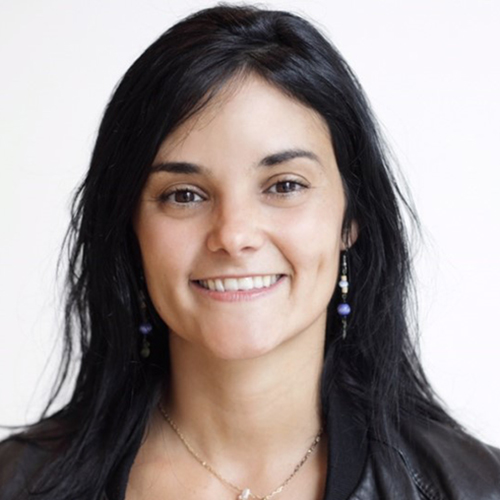
Geneviève Dupéré
écH2osystème
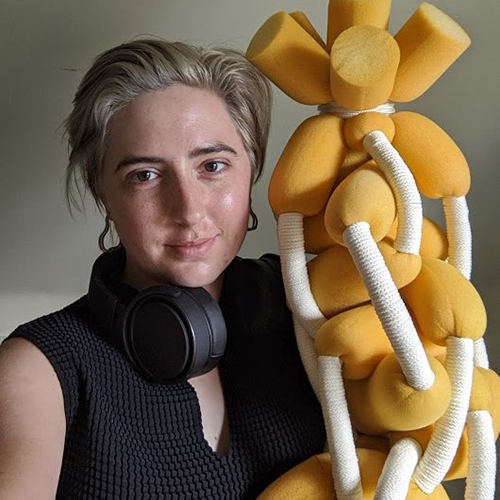
Carley Mullally
Beach Towel
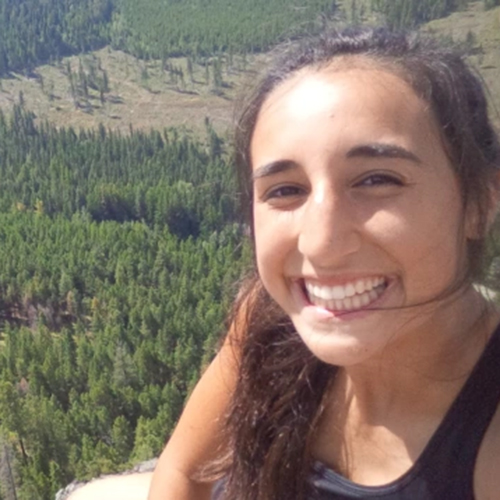
Cailin Correia
The Artful Conversation
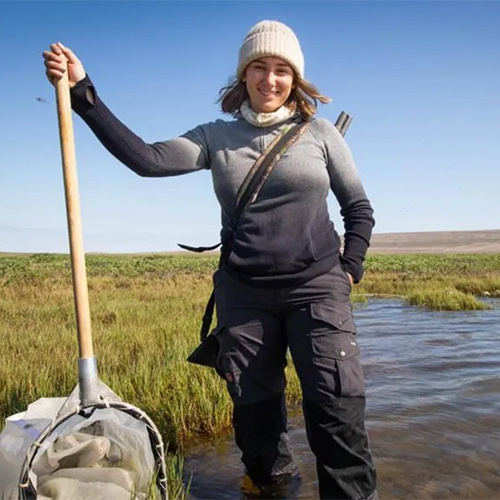
Danielle Nowosad
Mysis relicta, with DNA barcode border

Cécile Tang
Regeneration

Dave Riddell
Last Days of The Pacific

Navya Vikraman Nair
Vulnerabilities of Small-Scale Fisheries
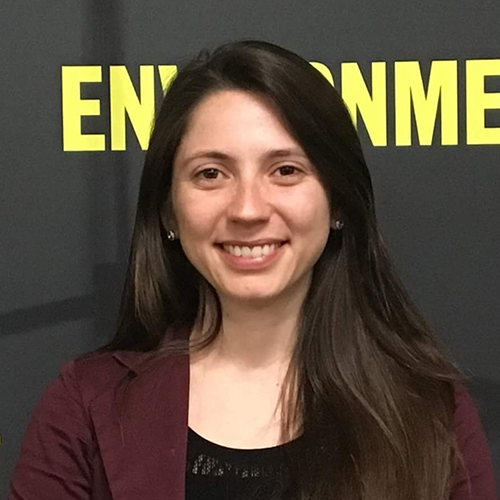
Ana Carolina Esteves Dias
Small Scale Fisheries in Colours
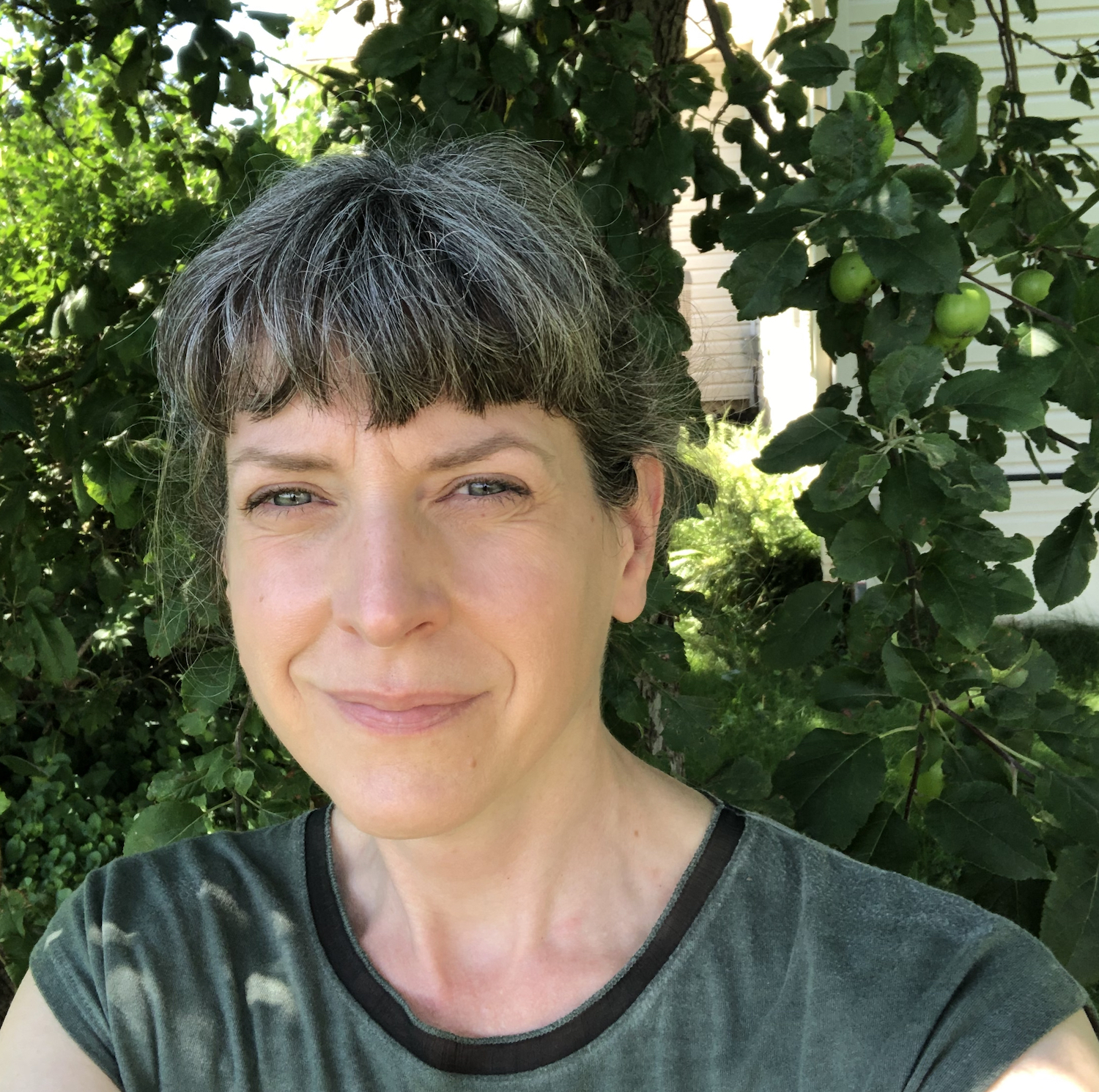
Jane Affleck
Fiona Photo-Graphs
Curator’s Note
Samantha Jones BSc (Hons), MSc
The artists and works in this space challenge and question us. Navya Vikraman Nair quickens the pulse in “Fisheries: Save it to Cherish or Leave it to Perish,” which asks, “What’s going on?” Nair’s “Born to Fish, Forced to Shift: Vulnerabilities of Small-Scale Fisheries in Chilika Lagoon, India” takes us to the heart of the lagoon’s social-ecological changes. Cécile Tang challenges us with “REGENERATION,” asking “Aren’t we all the same?” while emphasizing water as an essential building block of the body.
There is representation from all three oceans bordering Canada—the Atlantic, the Pacific, and the Arctic —as well as projects that speak to oceans around the globe. Dave Riddell’s hypnotizing electronic music, “Last Days of the Pacific,” undulates with the tides, or perhaps a heartbeat. Danielle Nowosad’s beaded “Mysis relicta, with DNA barcode border” plays with scale and depicts the glacial lake organism bordered with a pattern dictated by data. On the east coast of Canada, Carley Mullally’s “Beach Towel,” a textile assembled from washed up lobster bands, and Jane Affleck’s “Fiona Photo-graphs” explore the entanglement of people and the environment, and repurpose to convey present state and ecological grief.
Ana Carolina Esteves Dias presents a “visual memory” in “Small-scale Fisheries in Colours,” and unapologetically expresses the intention to reflect the self in the work through colour choices. Cailin Correia gifts us with movement in “An Artful Conversation,” a meandering film that envelopes us in dialogue between people amidst the sounds and signals from the surrounding environment.
The keynote with Geneviève Dupéré discusses “écH2osystème,” a maritime performing arts and acrobatic project that evokes the St. Lawrence ecosystem in its design, is immense in its collaborations, and engages community in its genesis and evolution. “écH2osystème” models the power of interdisciplinary science-art work and demonstrates how different fields of study and practice can be combined to create unique outcomes.
Let this gallery be an invitation into creative ways of observing and existing in the world. Perhaps you will feel a perception shift—one of the many fruits of allowing discipline boundaries to dissolve, or at the very least, be permeable to exchange.
Science-Art Symbiosis Workbook:
A how-to guide
This science-art workbook includes invitations to reflect, generate ideas, and explore how science and art can work together. The workbook tool is available to MEOPAR network members (and the public) and can be used asynchronously to explore science-art. The workbook includes activities, reflection questions, challenges, and more to help people consider how they might develop their own science-art practice.
The content is inclusive of all experience levels and is intended to be used by folks from many disciplines. The content includes smaller and larger scope suggestions and prompts to provide flexibility in the time and resources required. As you move through the workbook, consider how you might incorporate science-art into your fieldwork, research activities, and planning into the future.
Workbook sample. Download for full workbook.
Meet the Practitioner: Samantha Jones
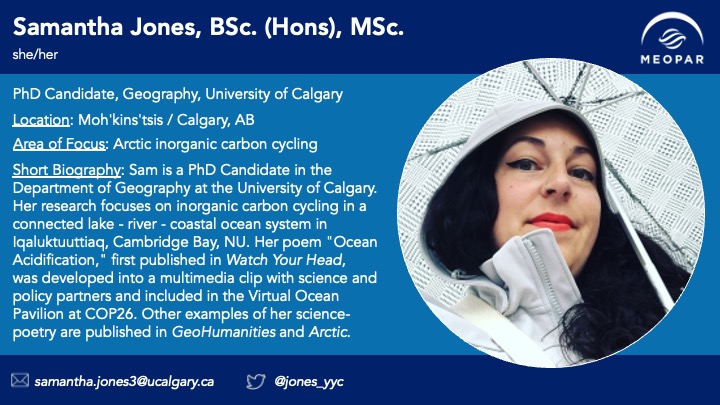
We can use art together with our science to amplify results and to reflect on our research from a different perspective. There are many ways to marry scientific ways of working with artistic practice and it is often more seamless that you may think.
My typical creative media is poetry, and science finds its way into my writing in different forms. The poem “Ocean Acidification” explains a process and its context in the midst of the climate emergency while simulating ocean acidification via the arrangement of the words and blank space on the page. Poems like “Studying the freshet” and “Red Phalarope” transport you to Freshwater Creek (Iqaluktuuttiaq [Cambridge Bay], Nunavut), the field site central to my research. These pieces immerse you in the field experience as well as showcase some of the seasonal variations and changes associated with the carbon cycles and the local environment in general. Data can be used to generate poetry; the poem “05BH004 (1915–2019)” was created based on flood data from the Bow River in Calgary, Alberta. Other works that I’ve published in literary journals use scientifically accurate imagery and metaphors based on nature to explore and comment on a variety of themes. The pendulum may swing closer to science or art depending on the project goals and intended audience.
“Ocean Acidification” can be read and listened to here and watched here.
“Studying the freshet” and “Red Phalarope” can be read here along with an essay discussing fieldwork poetics.
“05BH004 (1915–2019)” can be read here.


